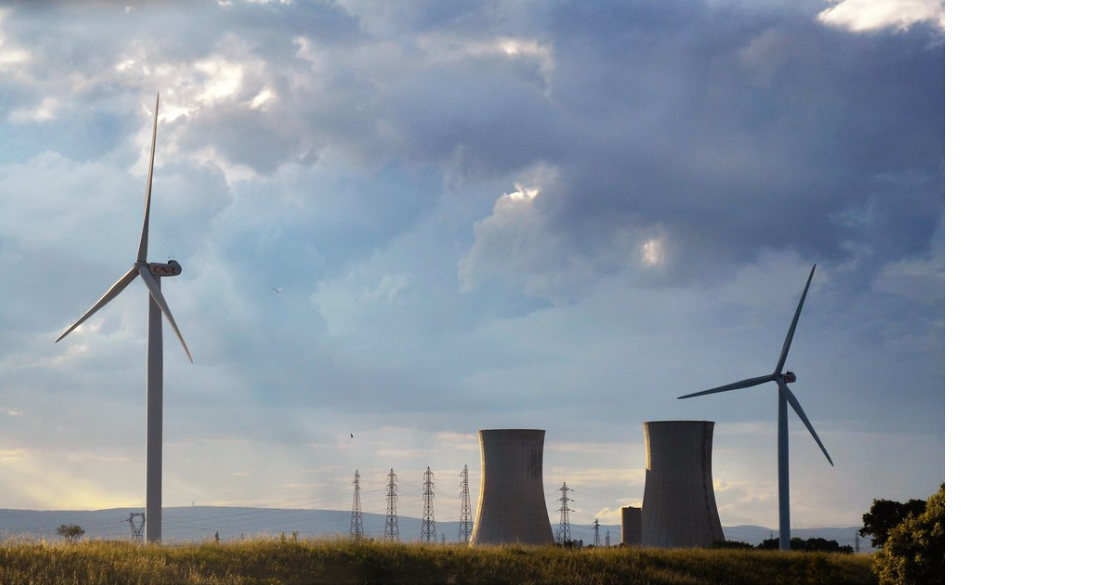With the current climate and energy crisis, many renewable forms of energy have been proposed and implemented, but they have yet to be realized on a scale that challenges the fossil fuel industry. While each source of renewable energy has its respective drawbacks, it remains the future for energy production.
Renewable energy, such as wind, solar, hydro, geothermal, and biomass energy production, is energy that can be regenerated at a faster rate than it is consumed. In contrast, non-renewable energy cannot be reused and will not regenerate for a very long time. This includes fossil fuel energy production, which also accounts for heavy greenhouse gas emissions.
In Canada, 17.3 per cent of energy comes from renewable sources, compared to the world average of 13.4 per cent. 67.1 per cent of Canada’s renewable energy comes from hydro, making the country the second-largest producer of hydroelectric energy in the world. In Quebec, 97 per cent of energy is hydroelectric. Still, hydroelectric dams and their construction can have negative effects on both people and the environment. The Three Gorges Dam, for example, displaced an estimated 1.2 million people and flooded hundreds of villages, and hydroelectric plants in general disrupt plant life and restrict fish migration.
Wind energy accounts for around two – five per cent of Canada’s renewable energy production. Key concerns associated with wind energy include sound pollution, aesthetic issues, wildlife disruption, and the inconsistency of strong winds in many places. However, there have been no conclusive studies that suggest that the low-frequency sounds produced by wind turbines actually correlate to hearing impairment, as some claim. Furthermore, wildlife disruption is minimal compared to hydroelectric dams or the long-term effects of fossil fuel emissions.
In Canada, wind turbines could be the future of energy and electricity production. They are cheap to produce and maintain and are a perfect match for Canada’s cold winters, which bring strong winds. The only real drawback is the inconsistency of wind, which limits the ability of wind turbines to become 24/7 energy producers.
Though itself renewable, the materials used in nuclear energy power plants are not renewable, thus making it a controversial form of energy production. Still, nuclear energy is proving to be a very strong contender in the search for renewable energy. It produces zero carbon emissions, and, since it does not rely on fluctuating winds or precipitation as with turbines and dams, it provides energy around-the-clock. Among other benefits, nuclear is also generating jobs, boosting international development by helping countries meet sustainability goals, and powering the next generation of electric vehicles. The major issue with nuclear energy is the risk associated with storing radioactive elements. Nuclear accidents like the Chernobyl Disaster or Fukushima Daiichi Disaster illustrate the need for precautionary measures and good management.
There are, however, safe ways to store nuclear waste. Scientists believe that the safest way is storing it deep underground in geological repositories, rock formations hundreds of metres below the surface of the earth. Yucca Mountain in California is a proposed site for storing nuclear waste, as very few people live near it. In addition, it is located in a dry climate, so water will not percolate through the repository and further contaminate the waste. New methods of storage must come fast, however, as current storage in large pools of water at nuclear power plants carries huge risks since neutron-absorbing materials in these pools degrade over time, reducing their ability to control radioactivity.
There is no perfect source of energy. However, in terms of cost efficiency, long-term environmental benefit, and reliability, some methods are definitely better than others. If maintained properly, and with advances in nuclear disposal and storage, nuclear energy is a good option. All renewable energy forms, however, offer benefits that can be optimized in certain locations. With a wide range of renewable energy forms in place, the transition to clean energy can be achieved globally as we adapt to climate change.









Future of nuclear:
https://www.scientificamerican.com/article/worlds-largest-nuclear-fusion-experiment-clears-milestone/